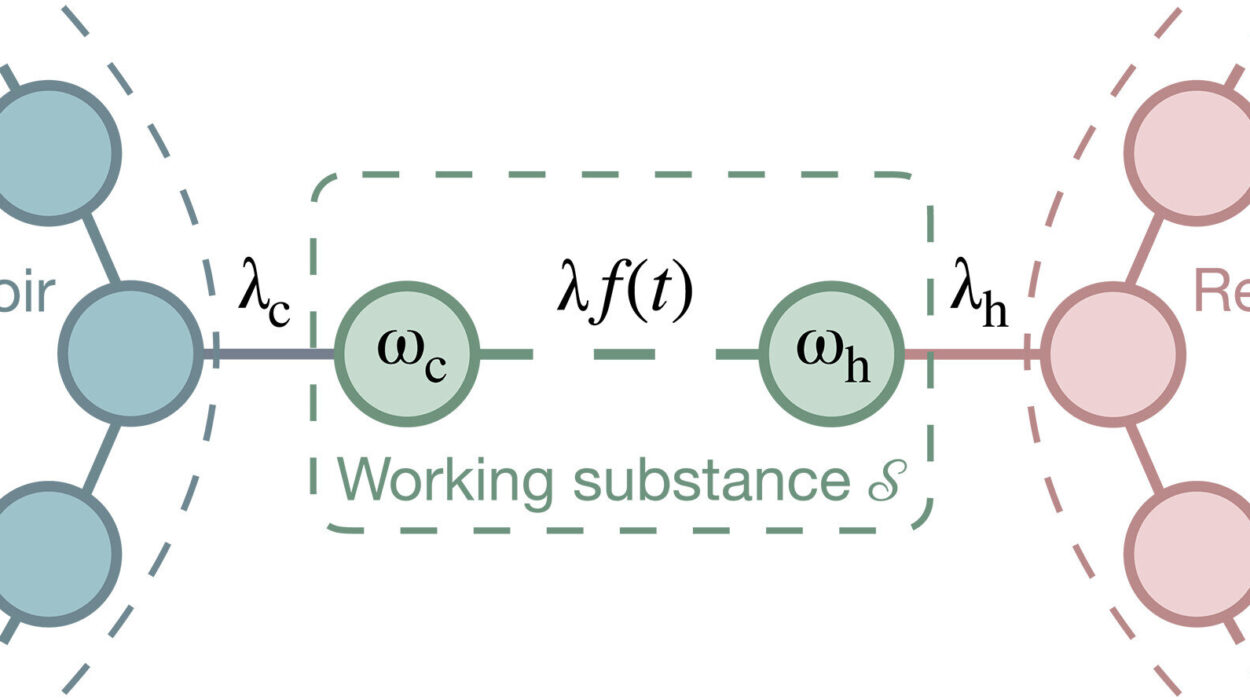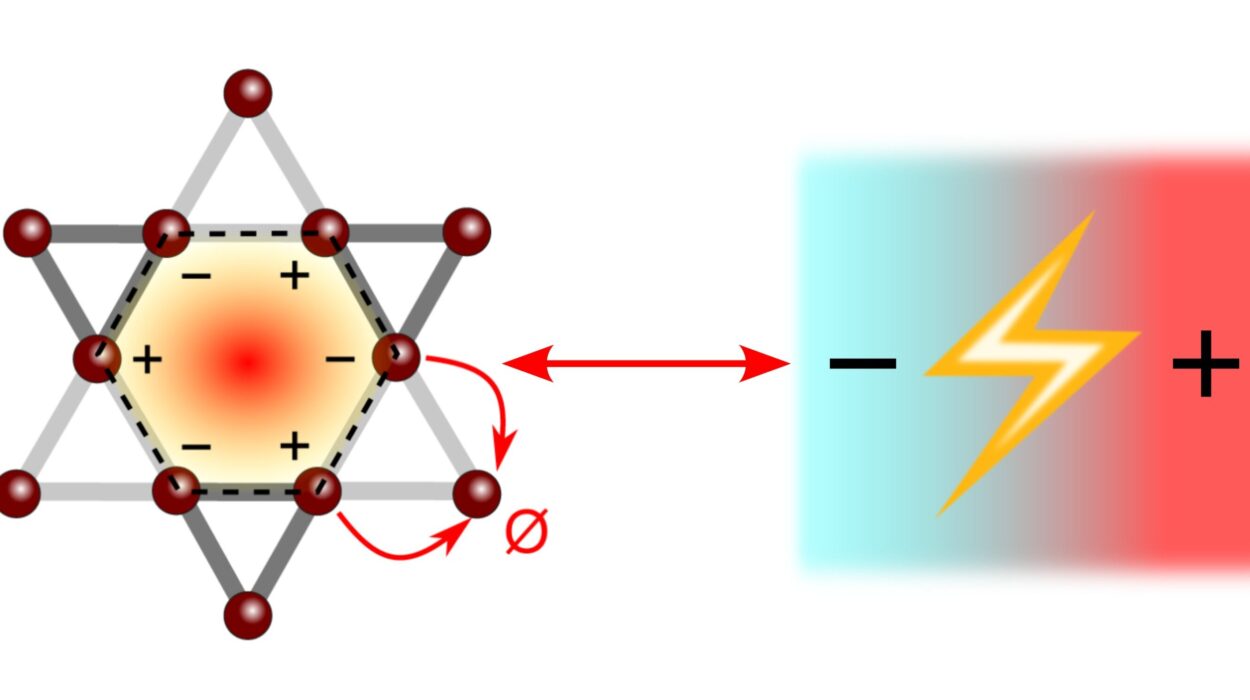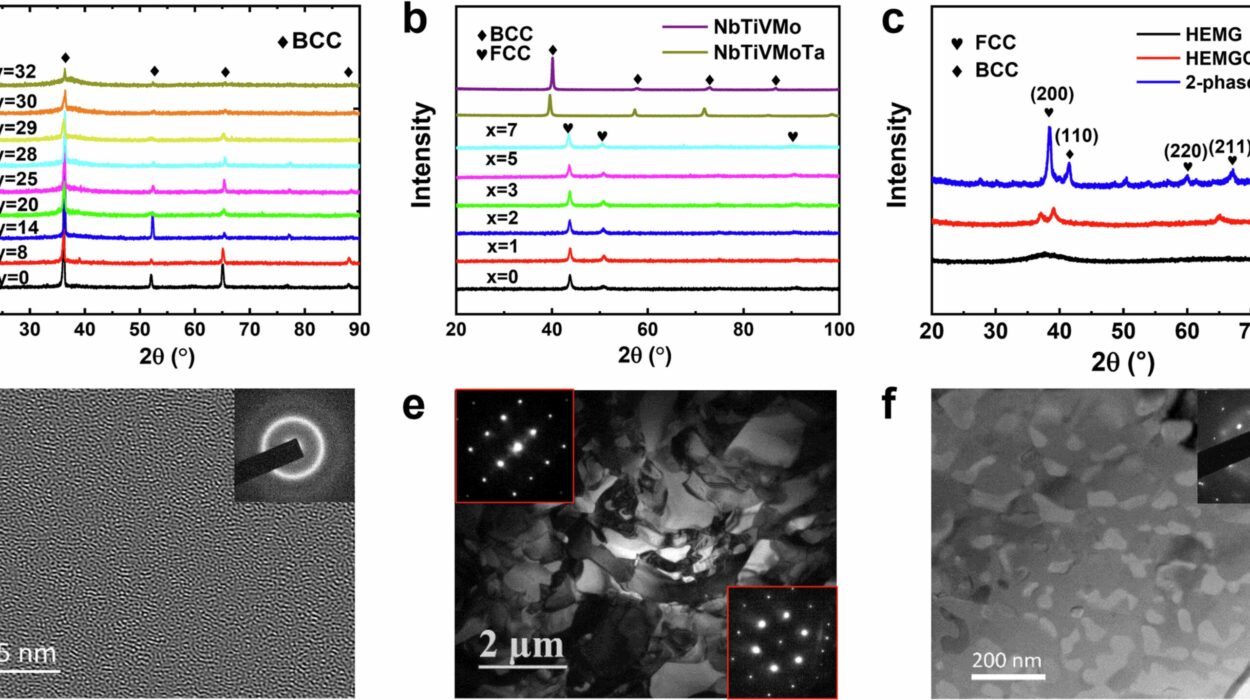In a quiet lab at the University of Massachusetts Amherst, a simple act—a graduate student shaking a test tube—has turned into a startling challenge to long-held laws of physics. What began as an experiment resembling the mixing of Italian salad dressing has led to the discovery of a never-before-seen liquid phenomenon: a “shape-recovering liquid” that defies expectations grounded in thermodynamics.
Published in the prestigious journal Nature Physics, the discovery is reshaping how scientists understand fluid dynamics, interfacial tension, and the role of magnetism in soft-matter systems. It’s a breakthrough that began not with a grand theory, but with a question born out of curiosity: What happens when magnetized particles are added to an oil-and-water emulsion?
Turns out, something extraordinary.
From Salad Dressing to Soft-Matter Science
“Imagine your favorite Italian salad dressing,” says Thomas Russell, Silvio O. Conte Distinguished Professor of Polymer Science and Engineering at UMass Amherst and senior author of the study. “It’s made up of oil, water, and spices. Before you pour it onto your salad, you give it a good shake so all the ingredients mix together.”
The physics behind this familiar emulsion is simple but powerful: Oil and water don’t naturally mix, but the introduction of small particles (like spices or surfactants) helps reduce the tension between them, allowing the two phases to blend temporarily. This process is governed by classical thermodynamic principles—energy conservation, entropy, and interfacial tension.
But graduate student Anthony Raykh decided to mix things up. Literally.
Instead of spices, he added magnetized nickel nanoparticles to the mix. These tiny metallic particles are known for their unique properties in magnetic fields and have been explored for use in responsive fluids, biomedical applications, and materials engineering.
Raykh shook the mixture vigorously, expecting a temporary emulsion or perhaps an unpredictable mess.
What he saw instead stopped him in his tracks.
A Liquid That Remembers Its Shape
Out of the chaotic mixing, the contents of the test tube settled into an elegant, curved silhouette—an urn-like shape reminiscent of classical Greek pottery. And no matter how many times he shook it, no matter how violently the mixture was disturbed, the urn always reformed.
“I thought, what is this thing?” recalls Raykh. “So I started walking down the hallways, knocking on doors, showing my professors. No one could explain it.”
That’s when Professors Russell and David Hoagland, another expert in soft materials at UMass, took notice. What Raykh had stumbled upon was not just visually compelling—it was scientifically anomalous.
In emulsions, particles typically stabilize mixtures by lowering the interfacial tension between liquids. But here, the opposite was happening. The nickel nanoparticles seemed to be increasing the interfacial tension, warping the oil-water boundary into a stable, curved interface.
Magnetism Meets Molecular Chaos
To understand this defiance of thermodynamic norms, the team partnered with researchers at Tufts and Syracuse universities to run detailed simulations. They zoomed in on the microstructure of the interface where water and oil met and saw something surprising: the strong magnetization of the nickel particles was exerting a collective organizing force, resisting the entropy-driven mixing process.
“In typical emulsions, added particles promote mixing by stabilizing the interface,” says Hoagland. “But these particles, because of their magnetic strength, do the reverse. They act almost like a scaffold, increasing tension instead of reducing it.”
This scaffolding effect causes the two phases to repel in a highly structured way, creating a sort of “boundary tension field” that bends into the graceful urn shape. The more they investigated, the more clear it became: this was not just a fluid—it was a new state of matter in action, governed by both classical physics and an emergent magnetic order.
A Soft-Matter Anomaly
The discovery throws a curveball at existing models in soft-matter physics, a field that studies systems—gels, foams, colloids, polymers, and biological tissues—that are easily deformed by external forces.
“This system breaks the rules,” says Russell. “When you see something that shouldn’t be possible, you have to investigate. That’s what science is about.”
What makes this especially intriguing is the self-recovering nature of the urn shape. It’s not just a one-off result. The mixture reverts to the same configuration repeatedly, almost as if it “remembers” its structure. In physics, that’s rare—particularly in disordered systems where entropy usually dominates.
In essence, the magnetized particles act like memory-encoding agents at the fluid’s interface, enforcing a geometric discipline on the otherwise unruly mix of oil and water.
A Solution in Search of a Problem?
At present, there is no immediate commercial application for this shape-recovering liquid. But that doesn’t concern Raykh.
“This is basic science at its best. We don’t always know where it will lead, but we know it matters,” he says.
In many ways, this discovery mirrors historic breakthroughs that started with odd observations and later found profound implications—from superconductivity to quantum tunneling.
Experts in materials science and fluid dynamics are already speculating on possible applications: self-healing materials, smart liquids that respond to magnetic fields, or even new techniques in 3D printing where fluid shapes can be stabilized and controlled with magnetic precision.
And beyond applied science, it challenges theorists to revisit the models of phase behavior in emulsions, particularly when external fields like magnetism are introduced.
The Bigger Picture
This research underscores the importance of curiosity-driven exploration, the kind that can only happen when researchers are given the freedom to play, observe, and ask “what if?” questions.
It also highlights the power of interdisciplinary collaboration. What began as a solo experiment by a graduate student soon drew in polymer scientists, simulation experts, and theoretical physicists from multiple institutions.
“It’s moments like these that remind us why research matters,” says Russell. “Sometimes you don’t discover a new technology—you discover a new question.”
And those new questions are often where revolutions begin.
Conclusion: A New Chapter in Fluid Physics
The shape-recovering liquid discovered by Anthony Raykh and his team may be as beautiful as it is baffling, but its implications reach far beyond its aesthetic appeal. It offers a window into how matter can organize itself under competing forces—entropy, magnetism, surface tension—and perhaps even how materials of the future could be programmed to remember, reconfigure, and respond to their environment.
For now, it sits in a test tube, returning to its elegant urn form, inviting anyone curious enough to ask: Why?
Reference: Shape-recovering liquids, Nature Physics (2025). DOI: 10.1038/s41567-025-02865-1. www.nature.com/articles/s41567-025-02865-1





